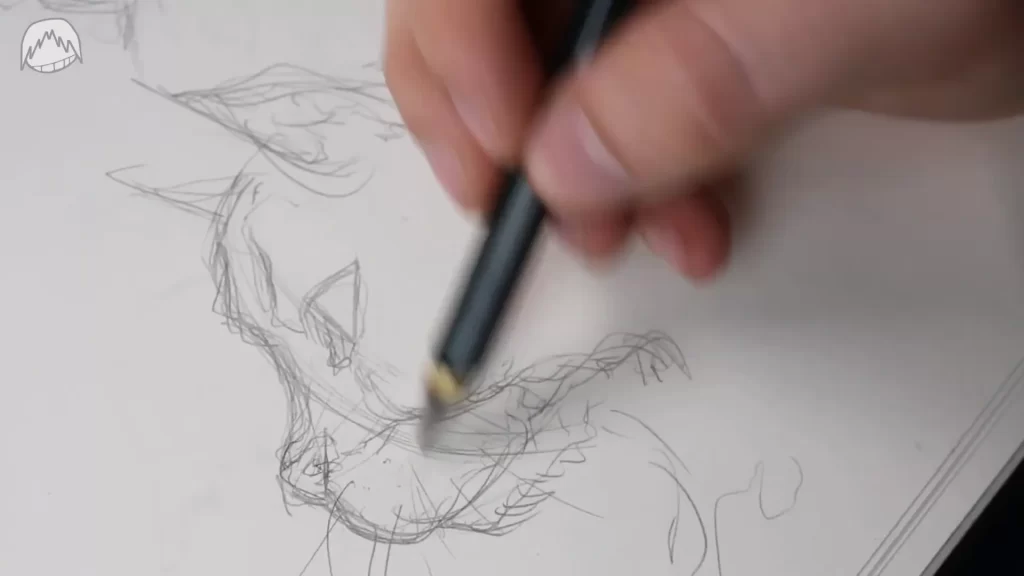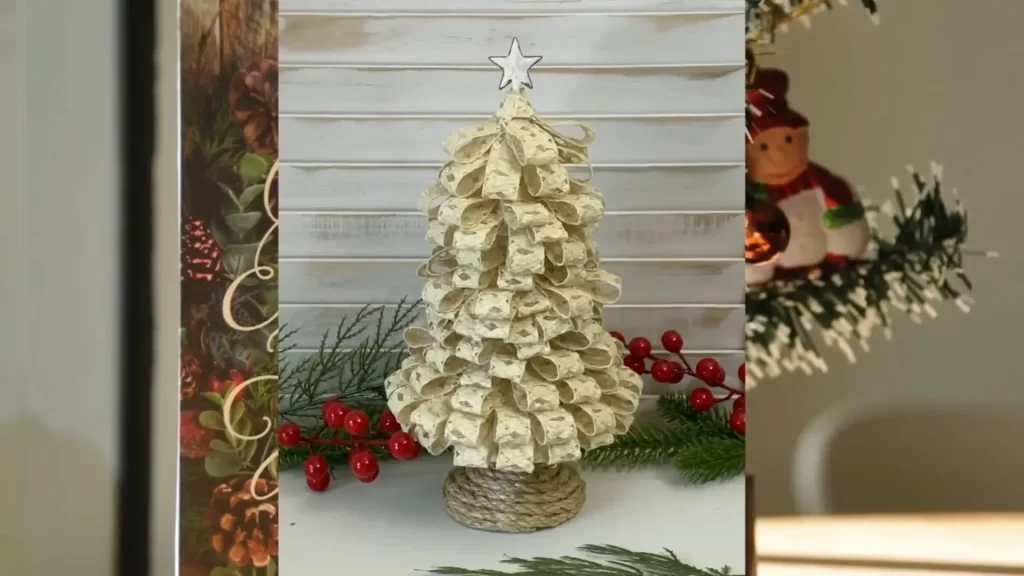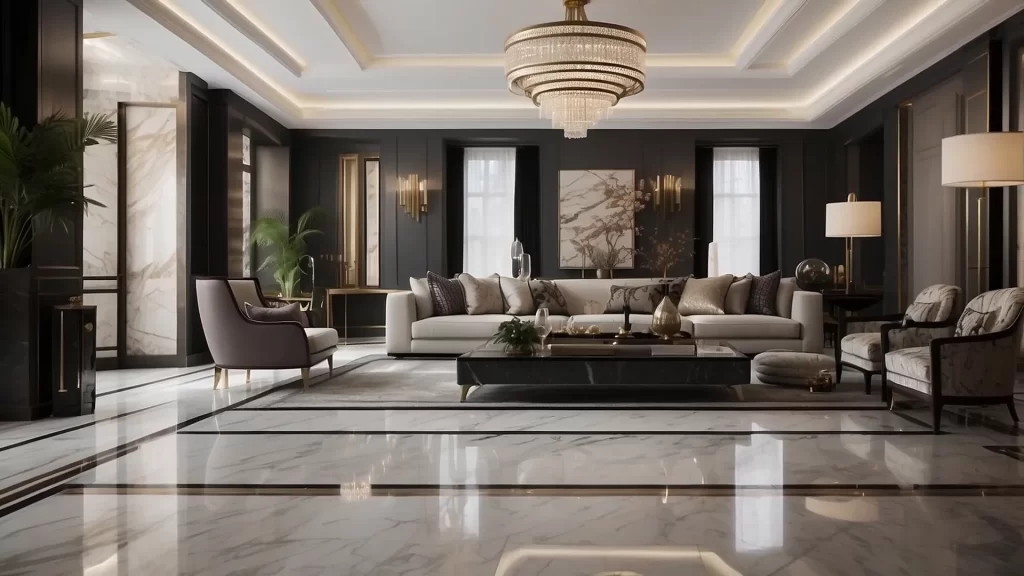Master the Art of Drawing: Essential Steps for Beginners
Welcome to your ultimate guide on how to draw anything! Whether you want to sketch animals, humans, or inanimate objects, this post will walk you through the essential steps to master the art of drawing. Drawing is not just about talent; it’s about practice, understanding shapes, and learning techniques. Let’s dive in!
Step 1: Understand Basic Shapes
When you want to draw something, the first step is to break it down into its simplest components and shapes. This foundational skill is crucial for any aspiring artist. For instance, think about drawing a face. You might think it’s complicated, but if you can draw basic shapes like circles and rectangles, you can construct a face from these.
Interestingly, many beginners struggle with even the simplest shapes. You may hear someone say, “I can’t even draw a circle.” This is where the journey begins. Just like learning to walk is easier than learning to run, mastering basic shapes makes it easier to tackle more complex drawings later on.
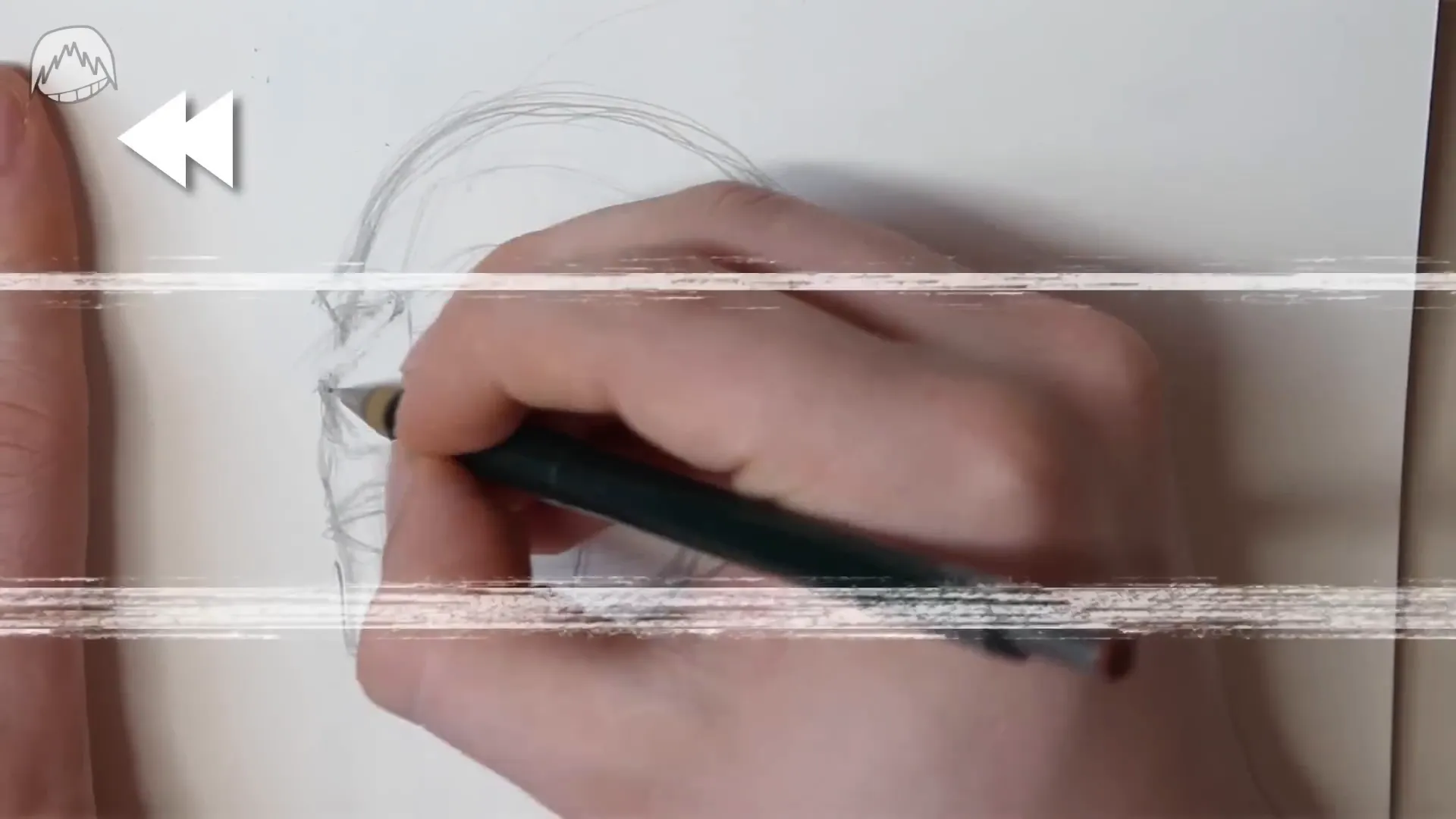
Step 2: Practice with Simple Shapes
Before you jump into drawing complex objects, practice drawing simple shapes. Use circles, squares, and cubes. Don’t worry about fancy sketchbooks; a simple piece of paper and a pen will do. The key at this stage is quantity over quality. The more you practice, the better you will become.
Try creating 3D shapes by drawing cubes and spheres. This will help you understand perspective and dimensionality, which are essential for creating lifelike drawings.
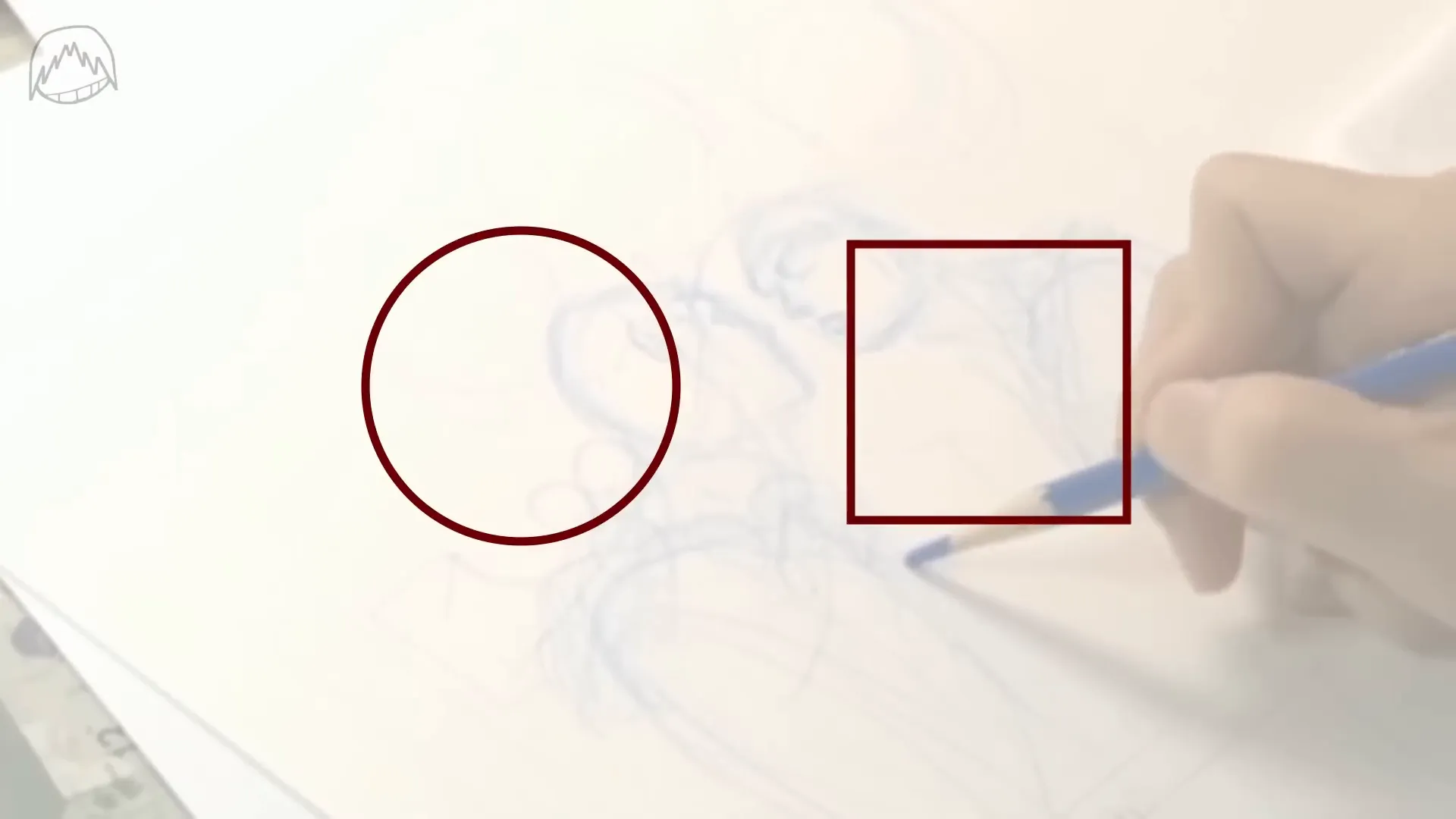
Step 3: Create Challenges for Yourself
Once you’re comfortable with basic shapes, it’s time to challenge yourself. Instead of drawing flat shapes, try creating them in perspective. For example, draw a cube from different angles or a ball in motion. This exercise will help you understand how shapes interact in three-dimensional space.
As you practice, remember that every artist, even professionals, started with these basic steps. They still use geometric shapes to build their drawings, regardless of their experience level.
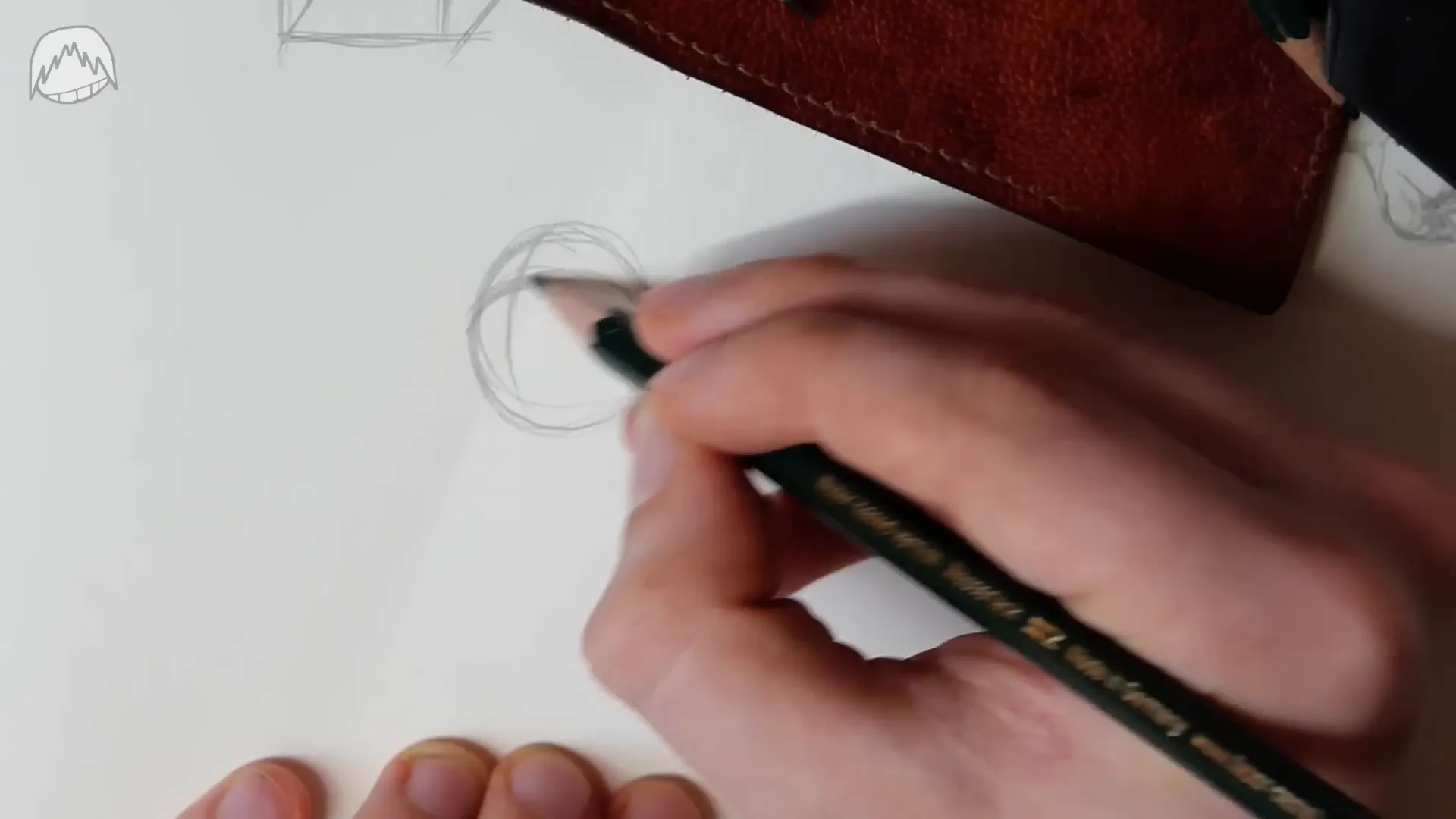
Step 4: Evolve Your Shapes
Eventually, you’ll encounter shapes that don’t fit neatly into the categories of circles or rectangles. This is where you need to evolve your understanding of shapes. For instance, instead of drawing a simple circle, try elongating it to create an oval or a bean shape. These variations are extremely useful in drawing human bodies and other organic forms.
Don’t hesitate to use online resources for inspiration or practice ideas. Google is an excellent tool to find examples and tutorials tailored to your skill level.
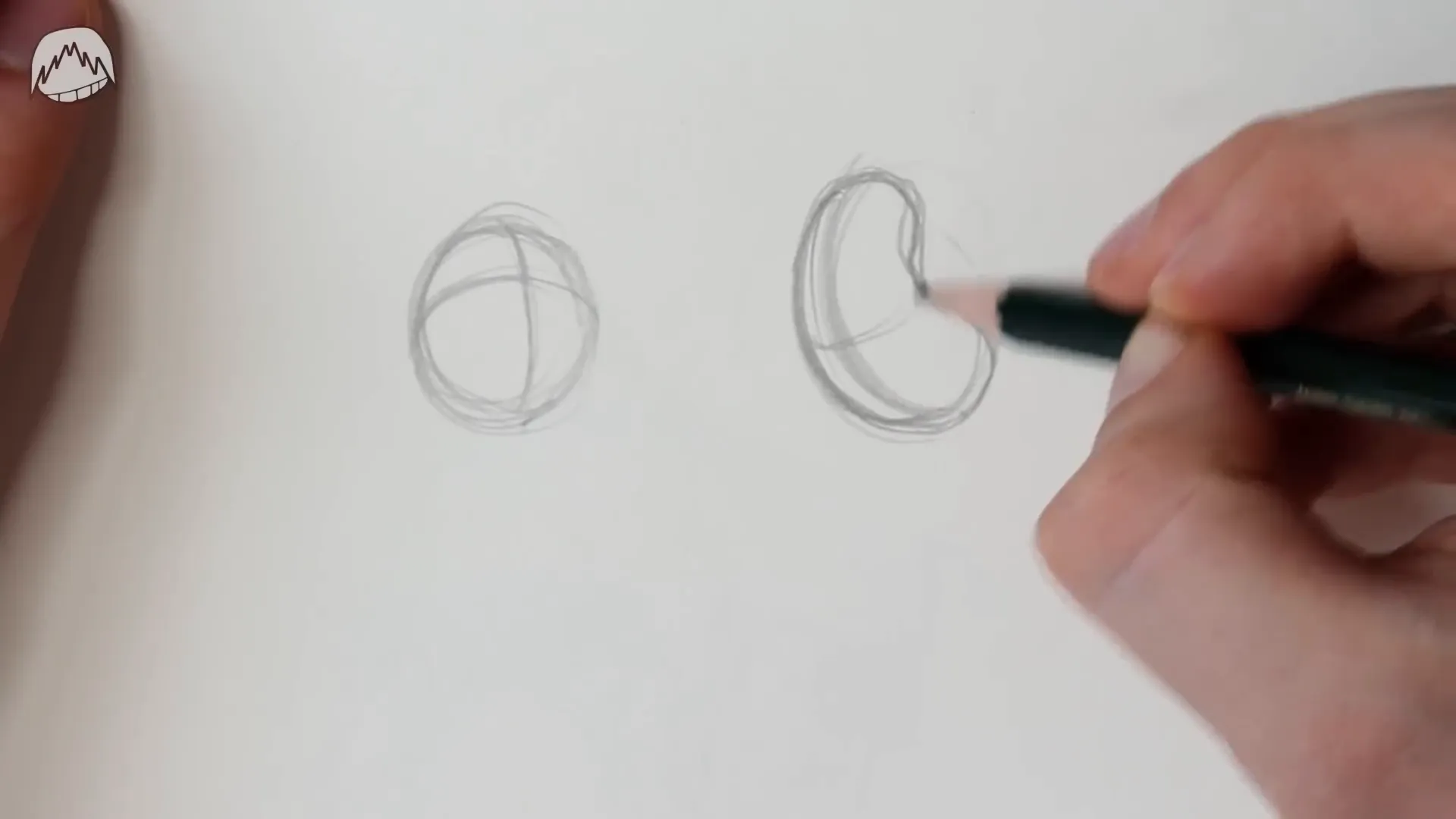
Step 5: Learn the Anatomy of Your Subject
Once you’re comfortable with basic shapes and their evolutions, the next step is to learn the anatomy or structure of what you want to draw. Understanding how something is constructed—be it a human figure, an animal, or a machine—will significantly enhance your drawing skills.
This process can take time, especially with complex subjects like human anatomy. Don’t rush it; everyone has their own pace. The more you study, the better you will get.

Step 6: Use References
Even seasoned artists rely on references. If you’re unsure about how your subject looks from a certain angle, look it up! There’s no shame in using reference images. They can guide you in understanding proportions, details, and perspectives that you might overlook otherwise.
Remember, the basics are essential. Practicing perspective and foreshortening with simple shapes will make your art look much more three-dimensional.
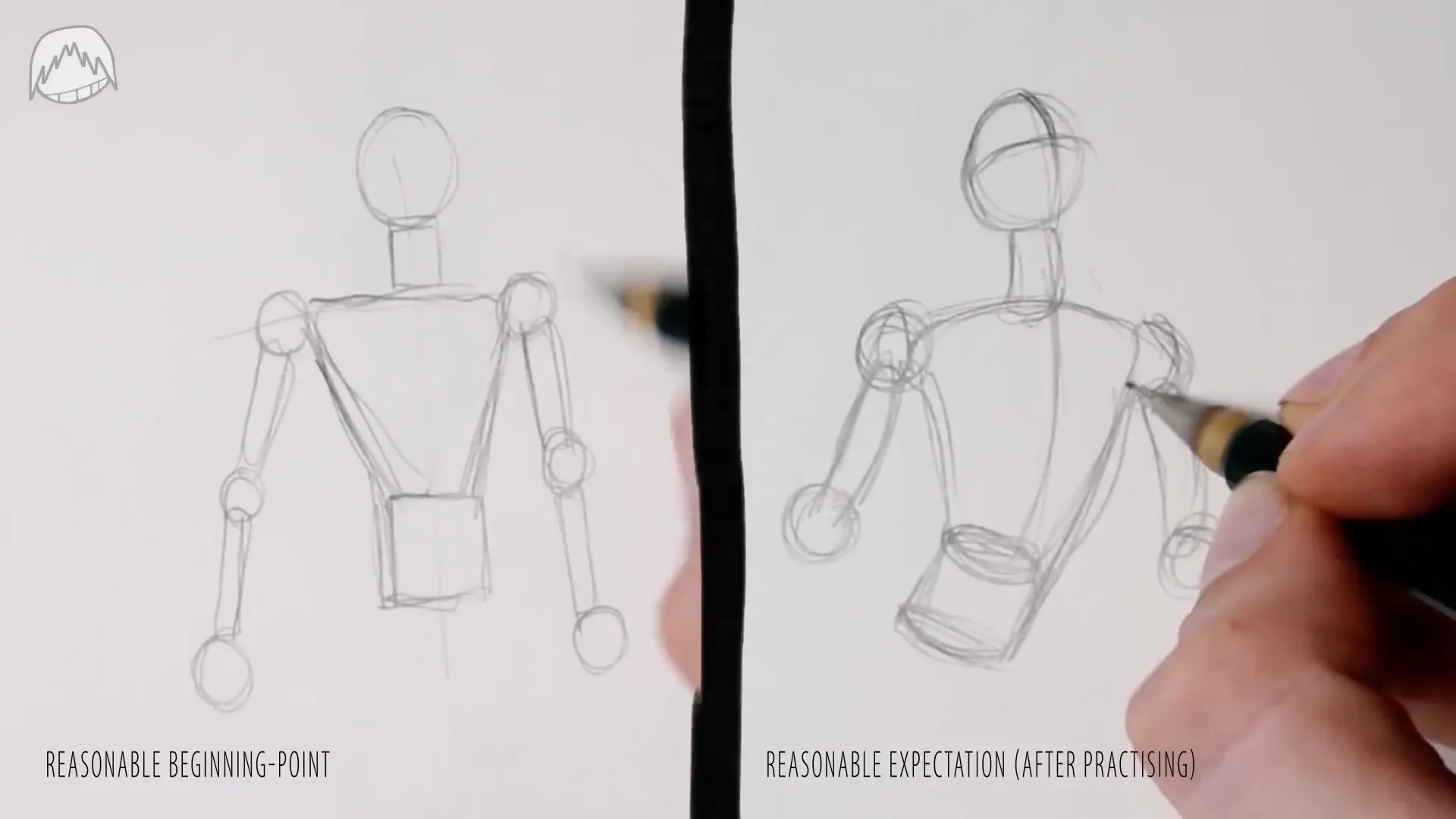
Step 7: Keep Practicing
Drawing is a skill that improves with practice. Keep pushing yourself to draw different subjects and try new techniques. Don’t be discouraged by mistakes; they are part of the learning process. Each drawing you create is an opportunity to improve.
If you want to deepen your skills, consider looking for advanced tutorials that cover topics like perspective, shading, and complex anatomy. These will help you become a more well-rounded artist.

Conclusion
Thank you for embarking on this artistic journey with me as we explore the world of drawing! Keep in mind that practice is crucial for honing your skills. Embrace the opportunity to experiment with a variety of styles and techniques, allowing your creativity to flourish as you grow as an artist. Wishing you joyful and fulfilling moments in your drawing adventures!
FAQ
How long does it take to learn how to draw?
Learning to draw is a personal journey that varies for everyone. Consistent practice can lead to noticeable improvement in a few months.
Do I need expensive materials to start drawing?
No! You can start with basic materials like paper and a pencil. As you progress, you can invest in better supplies.
Can I learn to draw if I have no talent?
Yes! Drawing is a skill that can be developed over time through practice and dedication.
What if I make mistakes while drawing?
Mistakes are valuable learning experiences. Embrace them and use them to improve your skills.
Is it important to learn anatomy for drawing?
Yes, understanding anatomy helps you create more realistic and proportionate drawings.
